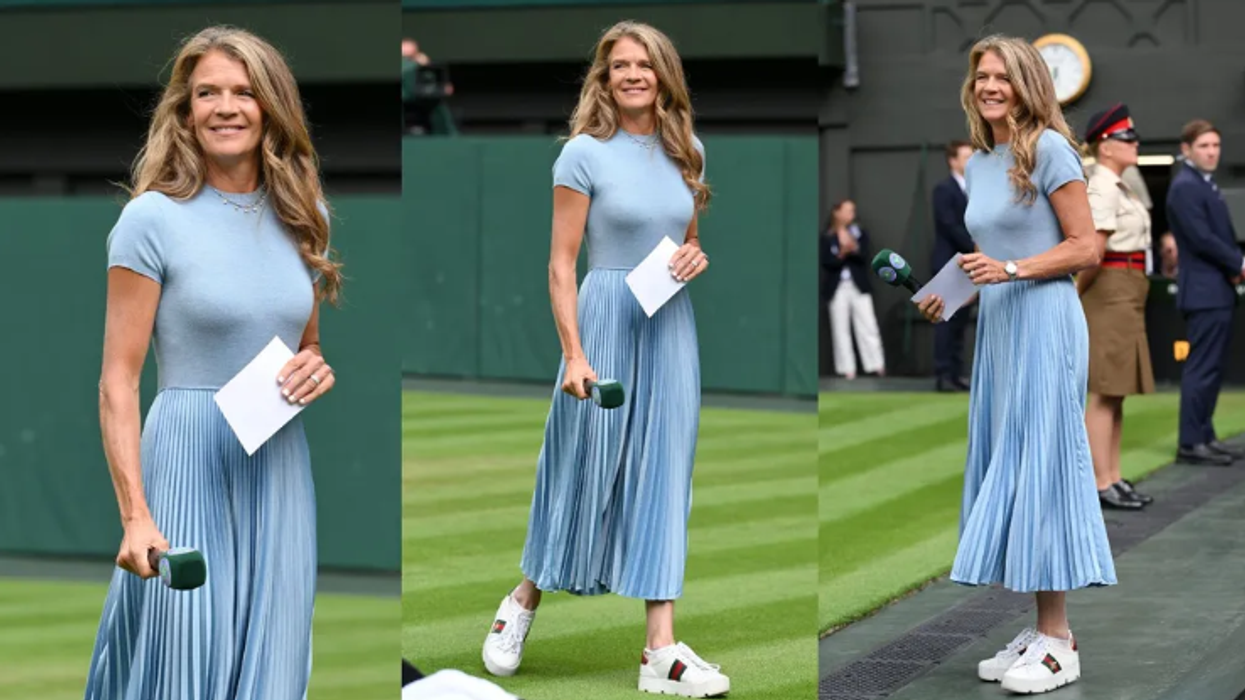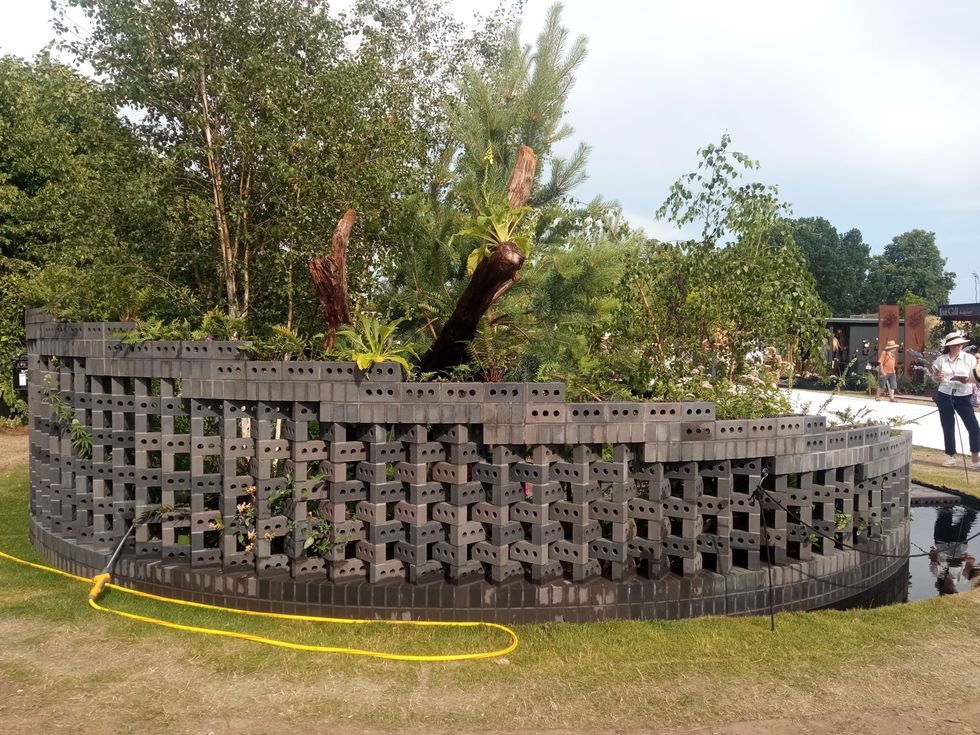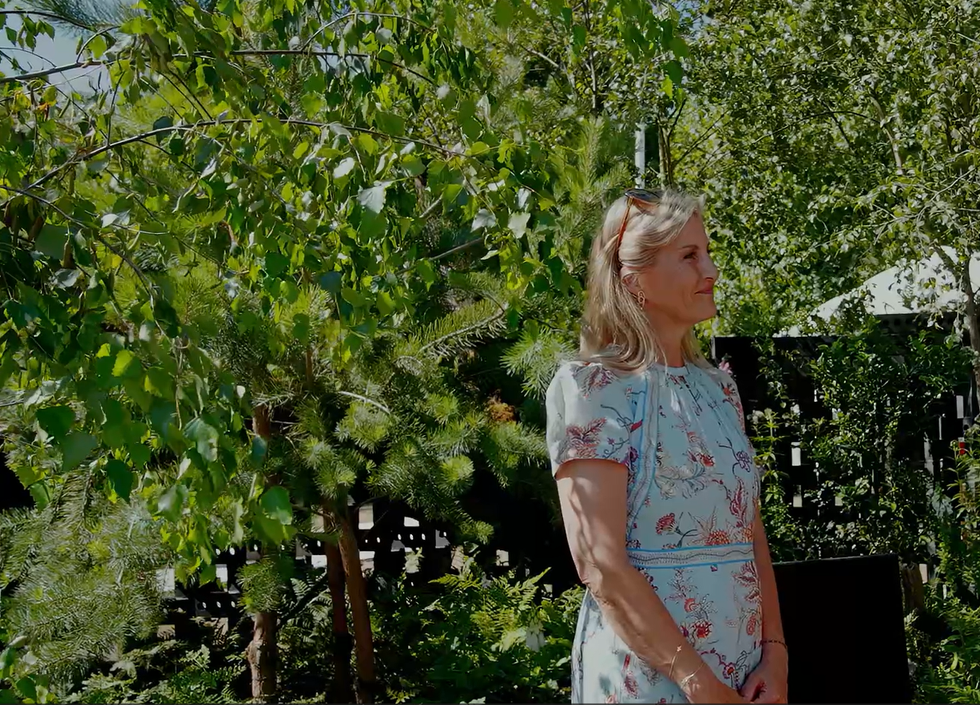Zaheer Ahmed had just returned home from work in northern India last Friday afternoon and stepped out for a smoke before lunch.
Minutes later, he was dead, shot in the head.
His death, and the killing by gunfire of four other Muslim men the same afternoon in the mainly Muslim neighbourhood, made it the most intense burst of violence in two weeks of protests.
India has been convulsed by the broadest unrest in at least seven years after prime minister Narendra Modi's Hindu nationalist government brought in a law that many see as discriminatory against Muslims, who make up 14 percent of the population.
All of the families of the five dead men say they were shot and killed by police as a protest flared against the new law.
Police say they used baton charges and teargas, and opened fire to control the crowd but did not kill anyone.
Police add that the men must have been killed by violent armed protesters whose shots went astray. An investigation into the violence is under way.
In the aftermath, distrust and anger between the Muslim community in the area where the deaths happened and security forces has deepened, as protests to the law enter their third week.
The clashes on Dec. 20 erupted around Lisari Gate after Friday afternoon's Muslim prayers.
Residents say police broke several CCTV cameras in the area before the violence began.
CCTV footage from two cameras on shops in the area ends abruptly after a policeman waving a baton is seen trying to hit the cameras.
Akhilesh Singh, the police superintendent of the Meerut City zone, said police had not destroyed any cameras and that all of the victims were involved in what he called rioting.
"Obviously they must be in the midst of the violence. That's why they must have been killed," Singh said.
Police have cracked down on the demonstrations that have spread across India, but Uttar Pradesh state, where Meerut is located, has seen the worst violence. At least 19 of 25 deaths have taken place there.
Uttar Pradesh, India's most populous state with roughly 200 million people, is ruled by a Hindu priest and has a history of deadly Hindu-Muslim clashes.
Chief minister Yogi Adityanath said in a televised statement last week that he would take "revenge" against those behind the violence and make them pay for the public damage.
HOW ZAHEER DIED
Zaheer Ahmed's home lies in a jumble of lanes that make up the crowded Lisari Gate area. The 45-year-old, who sold cattle fodder for a living, had coloured his hair that day for a family wedding, said his 22-year-old niece Shaheen.
When Zaheer returned from work, he told Shaheen that he wanted to smoke and stepped out to go to a small stall in the next lane that sold beedis, the small Indian cigarette.
Zaheer's friend Naseem Ahmed was standing in the lane across the beedi stall at the time, Naseem said. He described seeing Zaheer buy the beedi and sit down on a ledge next to the shop.
Around that time, there was chaos on the main road beyond the lanes, Shaheen and several other residents said. They said they could hear the sound of people screaming and saw teargas clouds. Many men ran into the lanes, some followed by police.
"I suddenly saw Zaheer fall down," said Naseem, adding that he had seen some policemen rushing into the lane just before. "I thought he fell unconscious. It all happened within minutes."
Through the clouds of teargas, Shaheen said she heard someone scream that Zaheer had been shot.
Neighbours brought his body home.
"I don't know who engaged in the violence, but my husband didn't," said his wife Shahajahan. "Why did they kill my innocent husband? How can they kill innocent people?"
The families of the other four men who died that day said the men were either out for work or prayers when they were hit by gunfire. None of them have received post-mortem reports.
According to their families, Mohammed Mohsin was buying fodder for cattle. Asif, a tyre mechanic, had stepped out to fix tyres at someone's home. Another man called Asif, a rickshaw-driver, was returning home after prayers. Aleem Ansari had gone to the restaurant where he worked making rotis, the Indian bread.
Many people in the impoverished area use just one name.
"DEADLY FORCE"
Thousands of people have taken to streets across India to demand the government rescind the Citizenship Amendment Act enacted by parliament on Dec. 11.
It gives minorities who migrated from three neighbouring countries a path to citizenship, except for Muslims. Critics say it is an attack on India's secular foundations.
"He was shot dead by police. They shot him in the head and killed him," said Ansari's mother Saira. "I swear if I find that policeman I will not spare him."
Reuters reviewed a copy of a case report of the violence that day that police registered at the Lisari Gate police station.
The report dated Dec. 20 includes a police officer’s statement that a crowd of about 1,000 protesters armed with sticks charged down the main road at around 2:30 p.m.
Police asked them to disperse, saying the large gathering was not permitted, according to the police report. The officer who filed it, Ajay Kumar Sharma, did not immediately respond to calls for comment.
"Suddenly there was chaos when the crowd started pelting stones at us and firing at us," the report says. In response, police used batons and fired tear gas and rubber bullets, the statement says.
Singh, the Meerut police superintendent, said the police and paramilitary personnel around Lisari Gate that day were armed with AK-47 rifles, pistols and chilli bombs.
At a hospital in Meerut, two paramilitary policemen being treated said they were injured when fired at by protesters last Friday. A doctor said they had been treated for bullet injuries on the leg and forearm.
When asked about civilians who had been shot and killed, one of them, Vidya Dhar Shukla, sat up on his bed. "There was so much chaos, who knows where the damned people died?"
"If I had a gun I would fire at them that day," he said. "India shouldn't harbour such snakes."
















 The circular structure inspired by jali screens in India
The circular structure inspired by jali screens in India Sophie, Duchess of Edinburgh, at the garden
Sophie, Duchess of Edinburgh, at the garden The couple display their medals
The couple display their medals
